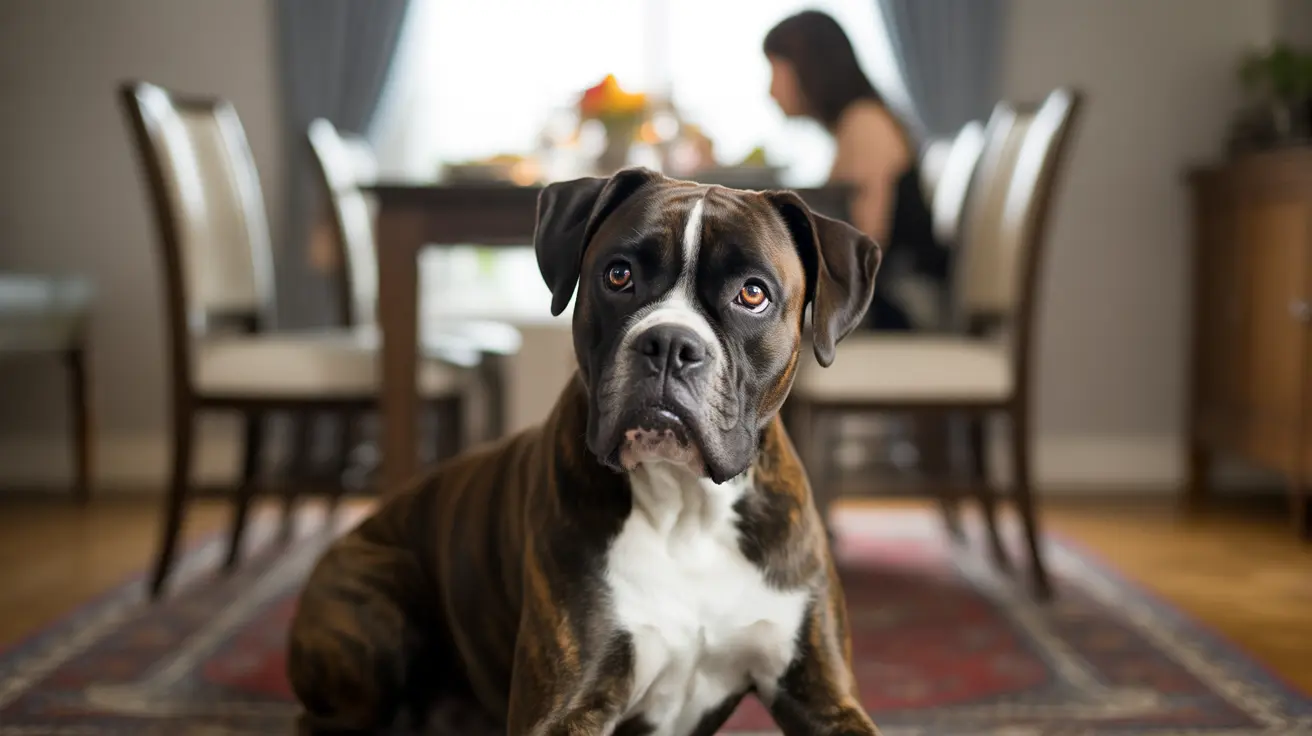How Dogs Apologize: Understanding Canine Appeasement Behaviors
Though dogs do not experience guilt or remorse in the same way humans do, they exhibit appeasement behaviors when they sense displeasure or tension in their human companions. These behaviors are often interpreted as dog 'apologies,' even though they aren't consciously expressing regret.
Why Dogs Don't Actually Say "Sorry"
Dogs lack the complex emotional understanding and language to offer a formal apology as humans do, but they excel at reading social cues and emotional responses. Their reactions are not about guilt, but rather a response to human behavior such as vocal tone or body language. For example:
- The dog senses your anger or sadness through your facial expressions or vocal tone.
- They associate certain behaviors—like whining, crouching, or licking—with soothing or reducing your displeasure.
- Over time, dogs learn that these behaviors help mend the relationship or reduce punishment.
This behavior stems from a dog's deeply ingrained pack mentality. In wolf packs, appeasement signals keep group dynamics stable and prevent conflicts from escalating. Domesticated dogs inherited similar instincts and apply them in human-dog relationships.
Common Appeasement Behaviors in Dogs
When a dog senses tension, it may use multiple techniques to pacify the situation. These behaviors include:
- Lowering the head: Demonstrates submission and non-aggression.
- Avoiding eye contact: A way to defuse confrontation.
- Tucking the tail: A signal of fear or submission.
- Flattening ears: Indicates discomfort or anxiety.
- Licking: Especially of the owner's face or hand, can be a peace offering.
- Paw lifting: A subtle way to engage attention or beg for forgiveness.
- Whining or whimpering: Expresses unease or a plea for comfort.
These actions are not 'apologies' in the human sense but signals that something is wrong in the social dynamic—prompting the dog to try and restore harmony.
Do Dogs Recognize Their Mistakes?
Dogs are intelligent but do not reflect on their behavior with a sense of morality. If they’re scolded for bad behavior, they usually respond to your emotional cues rather than their own understanding of wrongdoing. Studies suggest dogs show a 'guilty look' not from actual guilt, but as a reaction to their owners’ tone and demeanor.
How Dogs Learn What Upsets You
- Observation: Dogs observe the effects of their behavior on your facial expressions, tone, and posture.
- Association: Negative responses to certain actions—like chewing shoes or making a mess—become associated with your displeasure.
- Adaptation: Dogs adapt by reducing those behaviors or offering calming signals when they accidentally repeat them.
This learning process is known as conditioning and is central to how dogs build social bonds with humans. It strengthens over time as dogs become more attuned to individual owner preferences and emotional states.
How to Respond to a Dog’s “Apology” Behavior
When your dog displays appeasement behaviors, your response will shape their future reactions. Here are some tips:
- Stay calm: Harsh punishment can damage trust. Dogs are more responsive to positive reinforcement.
- Reassure when appropriate: If the dog’s behavior was not destructive or intentional, calmly affection or redirect them.
- Use training to reinforce positive behavior: Reinforce boundaries and reward desired actions to reduce the need for 'apologies.'
Can Dogs Apologize to Other Dogs?
Yes, dogs use similar appeasement strategies with each other. When rough play or aggression upsets another dog, they may:
- Lick the other dog’s muzzle
- Roll over and expose their belly
- Offer squeaky, playful whines
- Display a relaxed, non-threatening body posture
These signals de-escalate tension and signal non-aggression—essential in canine social structure. Such interactions mirror those with humans, showing how dogs adapt their natural instincts across species boundaries.
Final Thoughts
While dogs don’t 'say sorry' in human terms, they do exhibit subtle and powerful behaviors that communicate remorse, submission, or a desire to repair relationships. Understanding these signs strengthens the bond between humans and dogs, enhancing mutual trust, communication, and affection.
Remember: A dog’s body language, tone responsiveness, and emotional intuition are what make them such empathic and valuable companions—even if they can’t say, “I’m sorry” in words.





